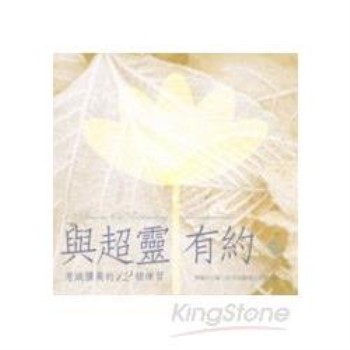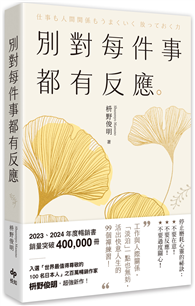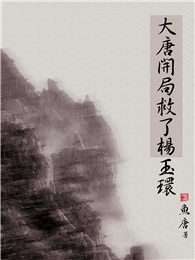There is growing concern about environmental planning strategies that mitigate the degradation of natural areas. A survey of current land use, which is necessary for planning purposes, can be obtained using multispectral data provided by remote sensing satellites. The study therefore takes place in the area of influence of the Paratibe River in the state of Pernambuco, and aims to carry out a spatio-temporal analysis of the lagoon based on remote sensing techniques. Three biophysical variables were used in the evaluation: the normalised difference vegetation index (NDVI) to assess the chlorophyll content of the vegetation, the soil-adjusted vegetation index (SAVI) and the leaf area index (LAI) to understand the dynamics of the area. The study showed that the vegetation with considerable chlorophyll content over two decades showed a considerable decrease in the areas around Mata do Janga, however within the reserve the vegetation increased between 2005 and 2011, due to the area’s conservation strategies. SAVI and IAF, on the other hand, showed a decrease as they are parameters linked to vegetation structure.
| FindBook |
有 1 項符合
Vegetation indices for analysing environmental degradation的圖書 |
 |
Vegetation indices for analysing environmental degradation 作者:Regina Alves C. Silva 出版社:Our Knowledge Publishing 出版日期:2024-07-17 語言:英文 規格:平裝 / 52頁 / 22.86 x 15.24 x 0.3 cm / 普通級/ 初版 |
| 圖書館借閱 |
| 國家圖書館 | 全國圖書書目資訊網 | 國立公共資訊圖書館 | 電子書服務平台 | MetaCat 跨館整合查詢 |
| 臺北市立圖書館 | 新北市立圖書館 | 基隆市公共圖書館 | 桃園市立圖書館 | 新竹縣公共圖書館 |
| 苗栗縣立圖書館 | 臺中市立圖書館 | 彰化縣公共圖書館 | 南投縣文化局 | 雲林縣公共圖書館 |
| 嘉義縣圖書館 | 臺南市立圖書館 | 高雄市立圖書館 | 屏東縣公共圖書館 | 宜蘭縣公共圖書館 |
| 花蓮縣文化局 | 臺東縣文化處 |
|
|
圖書介紹 - 資料來源:博客來 評分:
圖書名稱:Vegetation indices for analysing environmental degradation
|











